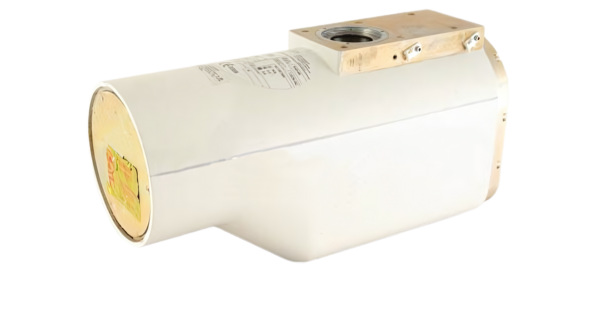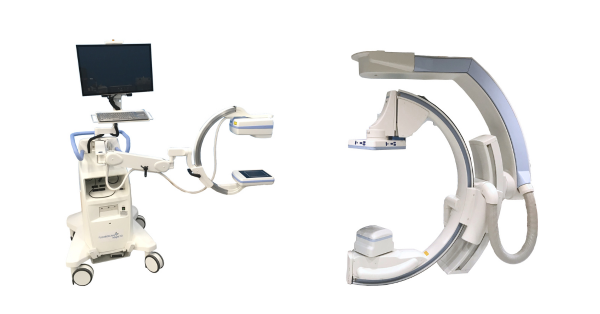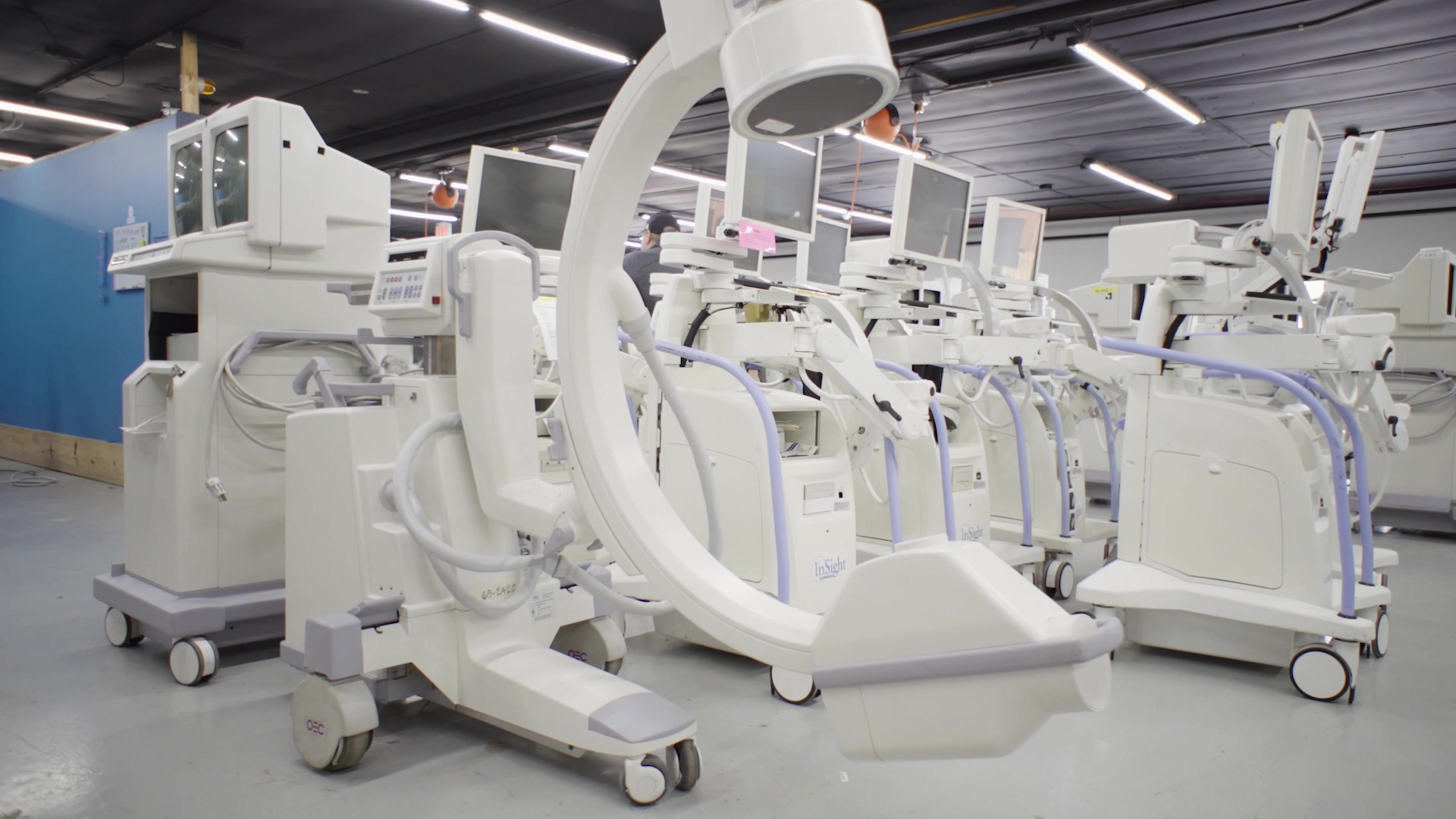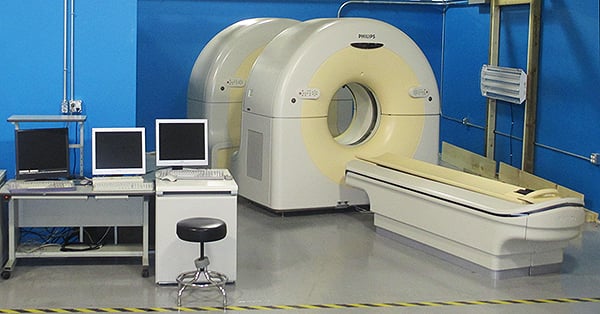
April 30, 2024 : 3 min read
Stationary vs. Rotating Anodes: Which Is Right for You?
The anode is a cornerstone of X-ray tube technology.
Inside every X-ray tube is a complex interplay of components that are vital to diagnostic imaging.
At the heart of every X-ray tube are cathodes and anodes. They directly impact the length and quality of an X-ray scan. The cathode receives incoming electrical current from the machine's generator and emits a beam of electrons onto the anode, where we'll focus our attention today.
Before we make any suggestions about which anode you might want to choose for your X-ray system, we'll explore each anodes capabilities, limitations, and what questions you should ask yourself before purchasing.
WHAT IS AN ANODE?
An anode is a small metal disc (usually tungsten or copper) that's affixed to a large copper rotor within an electric motor. These disks rotate at speeds of up to 10,000rpm while enduring temperatures as high as 2000 °C.
The anode receives the electron beam from the cathode and emits it as X-ray. The anode is positioned at an angle that will direct the X-ray beam into the arc of the C, where the subject of your scan will be positioned.
WHAT ARE THE TWO TYPES OF ANODES?
Stationary Anode
Stationary anodes are characterized by their fixed position within the X-ray tube.
They offer a straightforward and reliable solution for generating diagnostic images. Their simplicity in design makes them easy to manufacture and maintain.
In stationary anode tubes, the heat generated by the electron beam from the cathode is localized to a specific area of the anode surface. Unlike rotating anode tubes, where heat is dispersed evenly across the entire surface as it rotates, stationary anode tubes may experience localized heating and limited heat dissipation.
Stationary anodes are typically used in dental radiology and radiotherapy systems.
Rotating Anode
The reason behind the introduction of rotating anodes is related to the dispersal of heat. All that energy coming to the anode from the cathode produces a huge amount of heat. If the heat keeps hitting the same spot over and over again, as in a stationary anode tube, the surface of the anode can deform and the angle of the X-ray beam will shift. This reduces dose efficiency and the overall image quality the tube is capable of producing.
In the case of a rotating anode tube, the heat of the incoming cathode beam is dispersed evenly across the entire surface of the anode as it rotates. This enables rotating anode users to perform longer scans and at higher doses.
Rotating anodes are used in most radiography including mobile and fluoroscopy.
STATIONARY VS. ROTATING ANODE: WHICH IS BETTER?
While either anode style could work well for your facility, it really boils down to what type of work you plan to do at your facility.
You should ask yourself these three questions:
- What types of procedures are you planning on performing with your X-ray?
- How long do your scans typically take?
- Do you have any space or budget constraints for your X-ray system?
Rotating anode systems can shoot longer and at a higher dose.
If you intend to perform longer scans like run-offs or cross laterals, or scans requiring higher dose for larger patients, you’ll be sending a lot more electricity into your cathode and a lot more heat to your anode. In this scenario, the superior heat dispersal of the rotating anode will serve you well.
On the other hand, if you intend to perform mainly short, lower-dose studies, as in pain management needle placement or hand and foot specialties, a stationary anode tube can suffice.
Stationary tubes are also frequently found in more compact, space-saving (and less expensive) models like the Siemens Compact L and the Ziehm Solo C-Arm.
The Takeaway
Regardless of your specialty, we’re ready to help you select the best anode for your X-ray tube.
While stationary anodes offer simplicity and reliability, they are limited in their power output and heat dissipation. Rotating anodes come with complexity and maintenance requirements, but offer enhanced heat dissipation and higher power output.
With our guidance, we hope that you can confidently select the anode type that aligns with your system's needs and priorities.
For more imaging resources visit our Block Imaging Learning Center!

Tony Baggett
Tony Baggett is an X-Ray Product Manager at Block Imaging. Tony assists imaging centers, hospitals, and orthopedic centers in their purchases of x-ray equipment. When he’s not serving customers, Tony can be found hunting, fishing, and camping with his wife, son, and daughter.






